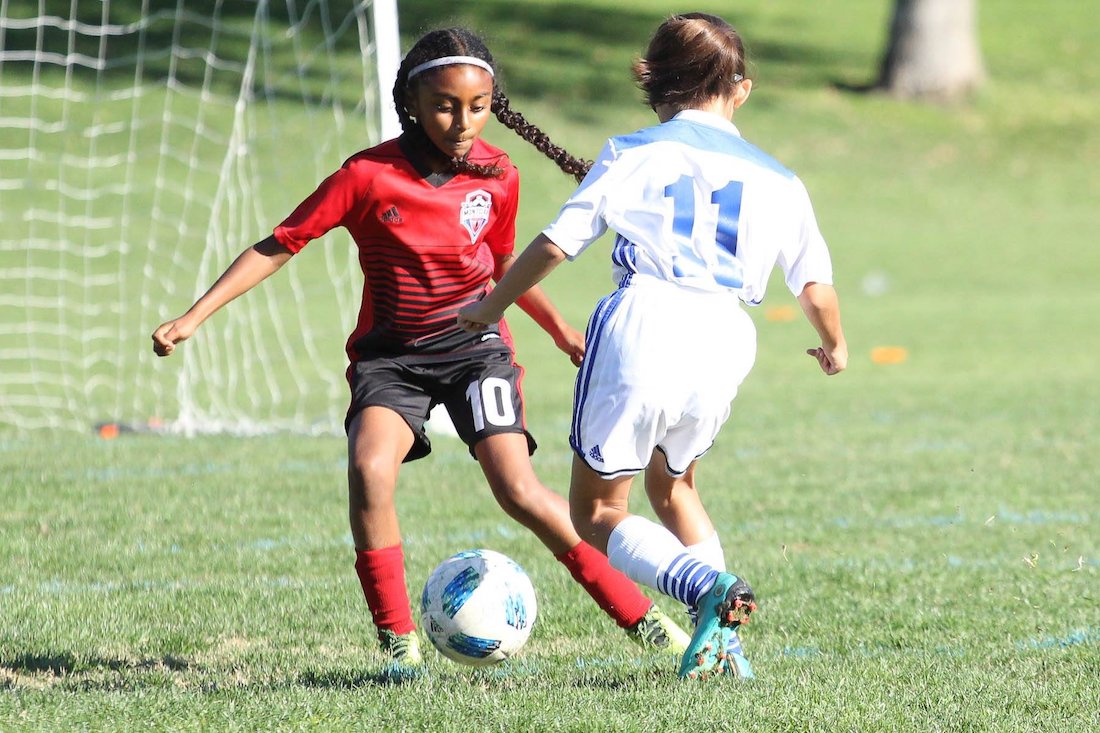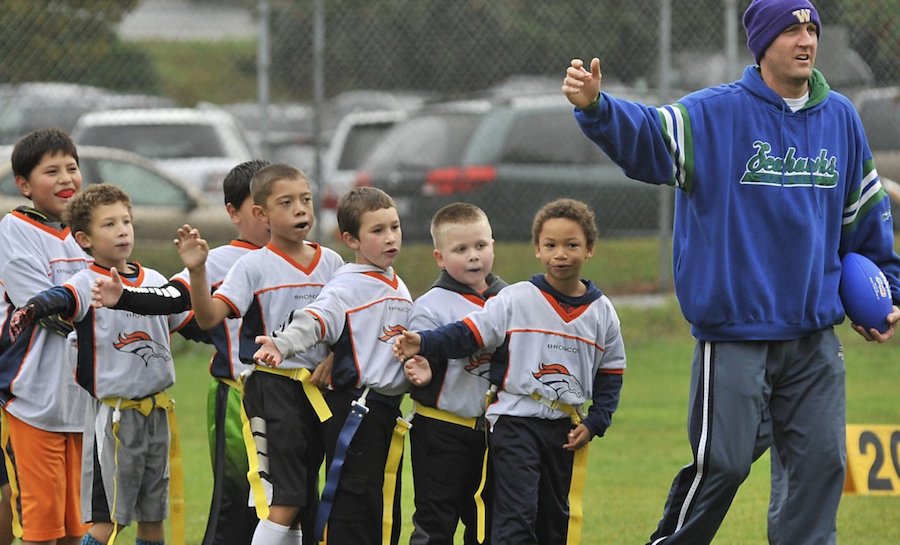
Aspen Institute Releases State of Play 2023
December 1, 2023
As part of its Project Play initiative to develop, apply and share knowledge to help build healthy communities through sports, global nonprofit The Aspen Insitute has released its State of Play 2023 report. Each year, the report provides analysis on trends in youth sports delivery in the United States covering participation, physical and mental health, coaching and costs of play for youth aged 6 to 18.
The key takeaway of the report is that that kids are playing team sports less frequently even as progress is being made to fill gaps for girls and low-income populations coming out of the pandemic. Between 2019 and 2022, regular team sports participation for youth ages 6-17 declined by 6% while total participation (playing a sport at least once in the past year) stayed flat. This includes comparisons of boys to girls and between low and high-income households.
“The divide remains wide in many areas of the country – and overall, barely half of all youth still play sports. Our sport system remains fundamentally flawed even for the so-called “haves” in the model, as evidenced by declining team participation rates, more serious knee injuries and other indicators. Equity as a goal has its limits when half of kids playing is the ceiling, and the ceiling is caving in places,” states the report.

However, children are seeing sports as a way to improve mental health, especially when it’s a good experience. 42% of high school students say that they have experienced persistent feelings of sadness and hopelessness – a 28% spike from a decade ago. As a result, more attention is being paid to the role sports has in improving mental wellbeing.
The report encompasses Participation, Health, Coaching and Costs to Play trends. Among the findings:
- Sports participation is increasing for girls and declining for boys. Boys (40%) still regularly played sports at a higher rate than girls (35%) in 2022 according to national data from the Sports & Fitness Industry Association (SFIA). A decade ago, half of boys regularly played sports and the participation rate for girls is the highest since 2013.
- Efforts to provide greater access to low-income children is looking promising. Youth aged 6-12 from the lowest-income households increased regular sports participation for the fourth straight year. However, the rate declined for the fourth year among the highest-income youth. The gap remains significant – 25% participation for kids in homes earning under $25,000 vs. 39% among those earning $100,000 or more.
- Many non-scholastic organizations lack basic safety policies. Among the findings from a survey by insurance provider Players Health of 685 recreational and travel sports organizations: 56% lack a policy governing one-on-one interactions between adults and minors and 47% do not require coaches and staff take abuse prevention training.
- Fewer coaches are trained coming out of the pandemic. Less than one-third of youth coaches in 2022 were trained within the previous year in concussion management, general safety, physical conditioning, sports skills and tactics and effective motivational techniques.
- Training coaches on mental health and wellbeing for kids is becoming a priority. In Ohio, a state law was passed requiring all school coaches to complete a student mental health training course. Every school coach will need to take the training upon renewing their pupil-activity program permit every three to five years. The goal is to help coaches recognize mental health issues among their athletes, determine how severe they are and get the student connected with someone who can help. However, baseball and soccer coaches feel less prepared to link athletes to mental health resources.
State of Play 2023 was informed by many sources including SFIA’s youth sports participation data from 2022, interviews with leaders in the youth sports space, additional research and media accounts.
Aspen Institute-Project Play is a member of the Return to Play Fund's Expert Advisory Council in the area of youth sports.